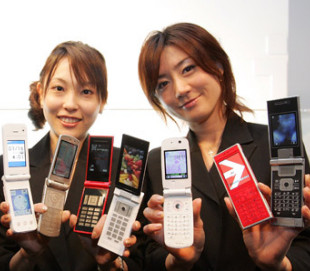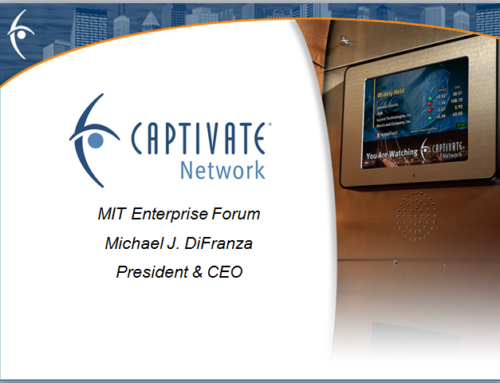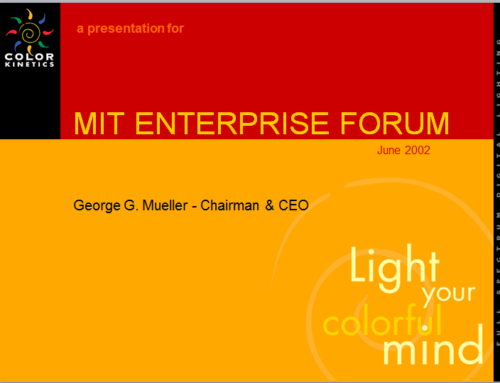The company DoCoMo built their strategy for its “i-mode” service around some competitive advantages related with the exclusiveness and restricted access of their for-subscribers content. One main difference form other mobile carriers was that this content was provided by third party partners.
Another brilliant decision was to use young people as initial target customers, because of their strong communication needs, attraction to new things and likeness of innovative products (Moon, 2002). This allowed them to become a beachhead of early adopter customers that could use the service until it could become 100% reliable as a “whole product” for the pragmatic ones (Moore, 1995) like the adults or business people.
But after these three years, the market started to change very fast, rising an increasing competition, deregulation of the i-mode´s system, permitting an “open network” and a loss of content exclusivity.
In this context, the company has to take the opportunities they have. In the domestic scenario, they have the “FOMA” high speed 3-G internet service, which is changing the basis of competition (Christensen, 1999). To introduce it in the market they have to remember the old strategy they used before: a beachhead of customers that in this case can demand heavy kbps services (videos, photos, live streaming features, high interactions applications, etc.) and the related content. The important lesson from the past is that having the technology, content providers for this technology will appear. The important here again is to create barriers of entry; the window of exclusive applications can be one option.
References:
Christensen, C.M. (1999). Finding new markets for new and disruptive technologies. Innovation and the general manager. Boston, MA: McGraw Hill Irwine.
Moon, Y. (2002). NTT DoCoMo: Marketing i-mode. Boston, MA: Harvard Business School Publisher
Moore, G.A. (1995). Crossing the Chasm-and beyond. Inside the tornado. New York: Harper Collins Publishers






Leave A Comment